Home>Gardening & Outdoor>Outdoor Recreation & Activities>What Is Coping On A Swimming Pool
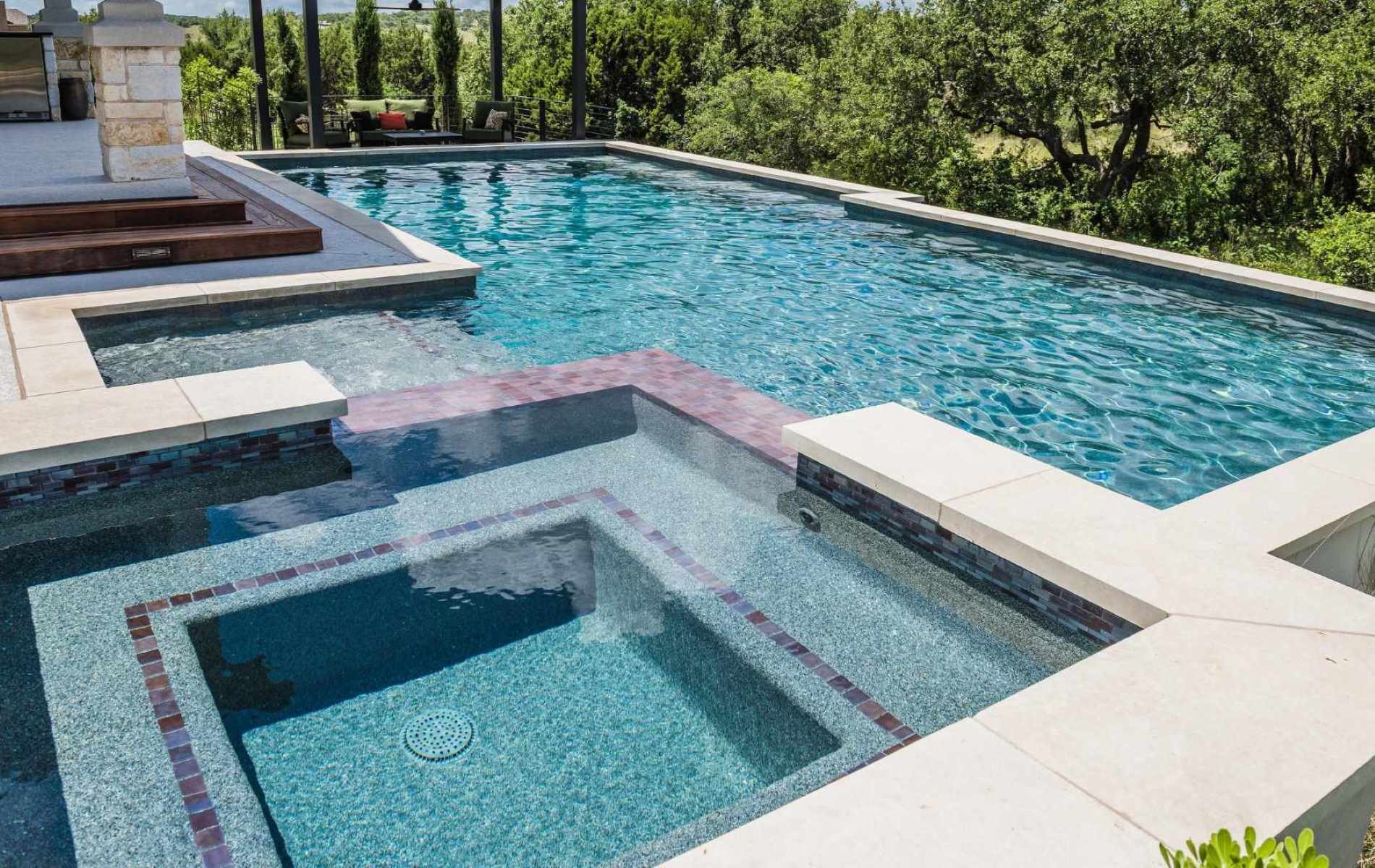

Outdoor Recreation & Activities
What Is Coping On A Swimming Pool
Published: February 18, 2024
Discover effective coping techniques for your swimming pool to enhance your outdoor recreation and activities. Learn how to create a stylish and functional poolside space.
(Many of the links in this article redirect to a specific reviewed product. Your purchase of these products through affiliate links helps to generate commission for Storables.com, at no extra cost. Learn more)
Introduction
When it comes to creating a stunning and functional swimming pool, there are numerous elements to consider, and one of the most crucial is coping. Coping plays a vital role in the overall aesthetics, safety, and maintenance of a swimming pool. It serves as the finishing edge around the pool, providing both a decorative and practical purpose. Understanding the significance of coping and the various materials used in its construction is essential for anyone involved in the design, construction, or maintenance of swimming pools.
Coping not only enhances the visual appeal of a pool but also serves as a protective barrier between the pool structure and its surroundings. It provides a smooth and safe edge for swimmers to hold onto as they enter or exit the pool, reducing the risk of accidents and injuries. Additionally, coping helps to direct water away from the pool and prevents it from seeping into the surrounding ground, thereby safeguarding the pool's structural integrity.
Whether you're envisioning a luxurious resort-style pool or a modest backyard oasis, the choice of coping material can significantly impact the overall look and feel of the pool area. From classic and timeless options like natural stone and brick to modern and sleek alternatives such as poured concrete and composite materials, the possibilities for coping are diverse and exciting.
In this comprehensive guide, we will delve into the world of coping on swimming pools, exploring the different types of materials used, the importance of proper coping installation and maintenance, and the role it plays in creating a safe and inviting aquatic environment. Whether you're a homeowner planning a pool renovation, a landscape architect designing a new pool project, or a pool maintenance professional seeking to enhance your knowledge, this guide will provide valuable insights into the essential aspect of coping in the world of swimming pools.
Key Takeaways:
- Coping is the decorative edge around a swimming pool that enhances safety, prevents water damage, and defines the pool’s style. It’s like the finishing touch that makes the pool area look great and keeps it in good shape.
- Different materials like natural stone, concrete, brick, and tile can be used for coping, each offering unique looks and benefits. Proper maintenance, like cleaning and sealing, is important to keep the coping in top condition and make the pool area inviting.
Read more: What To Bring To The Swimming Pool
Understanding Coping on a Swimming Pool
Coping on a swimming pool refers to the cap or edging that is installed around the top perimeter of the pool structure. This essential component serves both functional and aesthetic purposes, contributing significantly to the overall look, safety, and maintenance of the pool. From a functional standpoint, coping provides a smooth and safe edge for swimmers to hold onto as they enter or exit the pool, reducing the risk of slips and falls. It also helps to direct water away from the pool and prevents it from seeping into the surrounding ground, thereby protecting the pool's structural integrity.
Aesthetically, coping plays a crucial role in defining the style and character of the pool area. It serves as a transition between the pool structure and the surrounding deck or landscape, creating a visually appealing border that enhances the overall design. Whether it's a sleek and modern pool with clean lines and minimalist coping or a rustic pool with natural stone coping that exudes timeless charm, the choice of coping material can significantly impact the pool's aesthetic appeal.
Understanding the role of coping in a swimming pool involves recognizing its versatility in accommodating various design preferences and functional requirements. Coping can be made from a wide range of materials, including natural stone, concrete, brick, tile, and composite materials, each offering distinct advantages in terms of durability, maintenance, and visual appeal. Additionally, the profile and design of coping can vary, with options such as bullnose, square edge, and cantilevered coping providing different looks and functionalities.
In essence, coping is an integral part of any swimming pool, serving as a protective barrier, a design element, and a functional feature. Its significance extends beyond mere aesthetics, encompassing safety, maintenance, and structural integrity. By understanding the role of coping and the diverse options available, pool owners, designers, and maintenance professionals can make informed decisions to create beautiful, safe, and enduring pool environments.
Types of Coping Materials
The choice of coping material plays a pivotal role in determining the aesthetics, durability, and maintenance requirements of a swimming pool. There is a wide array of materials available, each offering unique characteristics and visual appeal. Understanding the different types of coping materials is essential for making informed decisions when designing, renovating, or maintaining a pool.
1. Natural Stone
Natural stone coping, such as limestone, travertine, and bluestone, is renowned for its timeless elegance and natural beauty. It exudes a luxurious and sophisticated ambiance, making it a popular choice for high-end pool projects. Natural stone coping is durable, resistant to wear and weathering, and offers a non-slip surface, enhancing safety around the pool area.
2. Poured Concrete
Poured concrete coping provides versatility in design and can be customized to suit various pool shapes and styles. It offers a seamless and modern look, with the ability to mimic the appearance of natural stone or create unique textures and finishes. Poured concrete coping is durable, low-maintenance, and can be integrally colored to complement the pool's aesthetic.
Read more: What Is An Infinity Swimming Pool
3. Brick
Brick coping imparts a classic and rustic charm to pool surroundings. It is available in a range of colors, sizes, and textures, allowing for diverse design possibilities. Brick coping is known for its durability, slip-resistant surface, and timeless appeal, making it a favored choice for traditional and transitional pool designs.
4. Tile
Tile coping offers a myriad of design options, from vibrant mosaic patterns to sleek and contemporary finishes. It is available in ceramic, porcelain, and glass materials, each presenting unique visual effects and color variations. Tile coping is resistant to fading, staining, and moisture, providing a durable and visually striking border for the pool.
5. Composite Materials
Composite materials, such as engineered stone and synthetic decking, offer a modern and low-maintenance alternative for pool coping. These materials are resistant to fading, staining, and warping, making them ideal for pool areas exposed to sunlight and moisture. Composite coping provides a sleek and uniform appearance, contributing to a contemporary pool aesthetic.
6. Precast Concrete
Precast concrete coping combines the benefits of concrete with the efficiency of precast manufacturing. It offers consistent quality, precise dimensions, and a range of textures and colors. Precast concrete coping is durable, cost-effective, and can be easily installed, making it a practical choice for various pool projects.
The selection of coping material should consider factors such as climate, maintenance requirements, design preferences, and budget. By understanding the characteristics and benefits of each type of coping material, pool owners, designers, and builders can make informed choices to create visually stunning, safe, and enduring pool environments.
Read more: What To Do In The Swimming Pool
Importance of Coping
Coping holds immense significance in the realm of swimming pools, encompassing both practical and aesthetic importance. From a practical standpoint, coping serves as a protective barrier, safeguarding the pool's structure and enhancing safety for swimmers. By providing a smooth and secure edge around the pool perimeter, coping reduces the risk of accidents and injuries, offering a stable surface for individuals to hold onto as they enter or exit the pool. This is particularly crucial in ensuring a safe and enjoyable swimming experience for users of all ages.
Moreover, coping plays a pivotal role in directing water away from the pool and preventing it from seeping into the surrounding ground. This not only helps to maintain the structural integrity of the pool but also mitigates potential issues such as soil erosion and water damage to the pool's foundation. By effectively managing water runoff, coping contributes to the longevity and durability of the entire pool structure, minimizing the need for extensive repairs and maintenance.
Aesthetically, coping is instrumental in defining the visual appeal of the pool area. It serves as a transition between the pool structure and the surrounding deck or landscape, creating a polished and cohesive look. The choice of coping material and design can significantly impact the overall ambiance, complementing the pool's style and enhancing the surrounding environment. Whether it's the timeless elegance of natural stone, the rustic charm of brick, or the sleek modernity of poured concrete, coping has the power to elevate the aesthetic allure of the pool, turning it into a captivating focal point of any outdoor space.
Furthermore, the importance of coping extends to its role in facilitating proper maintenance and upkeep of the pool. By providing a protective barrier, coping helps to minimize debris, dirt, and other contaminants from entering the pool, thereby reducing the workload of pool maintenance. Additionally, certain coping materials, such as natural stone and composite materials, offer resistance to staining, fading, and wear, contributing to easier maintenance and prolonged visual appeal.
In essence, the importance of coping on a swimming pool cannot be overstated. It serves as a multifaceted element that enhances safety, preserves the pool's structure, defines its aesthetic character, and streamlines maintenance efforts. By recognizing the pivotal role of coping, pool owners, designers, and maintenance professionals can make informed decisions to create inviting, enduring, and visually striking pool environments.
Coping Maintenance and Repair
Proper maintenance and timely repairs are essential for preserving the functionality, safety, and visual appeal of pool coping. Regular maintenance routines can help prevent deterioration, prolong the lifespan of the coping material, and ensure a pristine pool environment for years to come.
Cleaning and Inspection
Regular cleaning is fundamental to coping maintenance. Depending on the material, coping should be cleaned using appropriate methods and non-abrasive cleaners to avoid damage. Inspecting the coping for any signs of wear, cracks, or displacement is crucial. Any issues should be addressed promptly to prevent further damage and maintain the structural integrity of the pool.
Sealing and Waterproofing
Applying a high-quality sealant to the coping surface helps protect it from water absorption, staining, and weathering. This is particularly important for natural stone and porous materials. Properly sealed coping is more resistant to discoloration and deterioration, contributing to its longevity and visual appeal.
Read more: What Is A Skimmer In A Swimming Pool
Repairing Damage
In the event of damage, such as cracks or chipping, prompt repair is essential to prevent the problem from escalating. Depending on the severity of the damage, professional repair or replacement may be necessary. Ignoring damaged coping can lead to safety hazards and compromise the overall aesthetics of the pool area.
Preventing Chemical Damage
Pool chemicals can impact the condition of coping materials. It's important to maintain proper water chemistry to prevent chemical damage. Avoiding prolonged exposure to unbalanced or excessive chemical levels can help preserve the integrity and appearance of the coping.
Winter Preparation
In regions with cold winters, preparing the coping for the off-season is crucial. Proper winterization measures, such as draining water to below the coping level and protecting it from freeze-thaw cycles, can prevent damage caused by freezing temperatures and ice formation.
Professional Maintenance
Engaging professional pool maintenance services for regular inspections and upkeep of the coping can provide valuable expertise and ensure that any issues are addressed promptly and effectively. Professional maintenance can help identify potential problems early, preventing costly repairs in the future.
By adhering to a comprehensive maintenance regimen and addressing any issues promptly, pool owners can ensure that their coping remains in optimal condition, contributing to the safety, longevity, and visual appeal of the entire pool environment.
Read more: What Is Stabilizer In A Swimming Pool
Conclusion
In conclusion, coping is an indispensable element in the realm of swimming pools, serving as a multifaceted component that combines practical functionality with aesthetic allure. From its role in enhancing safety for swimmers to its contribution to the visual appeal and structural integrity of the pool, coping plays a pivotal role in creating inviting, enduring, and visually striking pool environments.
The diverse range of coping materials, including natural stone, poured concrete, brick, tile, and composite materials, offers a wealth of options for pool owners, designers, and builders to tailor the look and feel of the pool area to their preferences. Each material brings its own set of characteristics, from timeless elegance to modern durability, allowing for versatile design possibilities that cater to various styles and functional requirements.
Understanding the importance of proper coping maintenance and timely repairs is crucial for preserving the functionality and visual appeal of the pool coping. Regular cleaning, inspection, sealing, and repair, along with preventive measures against chemical damage and winter preparation, are essential components of a comprehensive coping maintenance regimen. Engaging professional pool maintenance services can provide valuable expertise and ensure that any issues are addressed promptly and effectively.
By recognizing the significance of coping and the diverse options available, pool owners, designers, and maintenance professionals can make informed decisions to create beautiful, safe, and enduring pool environments. Whether it's a luxurious resort-style pool or a modest backyard oasis, the choice of coping material and the adherence to proper maintenance practices can elevate the pool area into a captivating focal point of any outdoor space.
In essence, coping is not merely a decorative border but a fundamental element that contributes to the safety, longevity, and visual appeal of swimming pools. By embracing the essential role of coping and implementing best practices in its selection, installation, and maintenance, individuals can create stunning and functional pool environments that stand the test of time, providing enjoyment and relaxation for years to come.
Frequently Asked Questions about What Is Coping On A Swimming Pool
Was this page helpful?
At Storables.com, we guarantee accurate and reliable information. Our content, validated by Expert Board Contributors, is crafted following stringent Editorial Policies. We're committed to providing you with well-researched, expert-backed insights for all your informational needs.
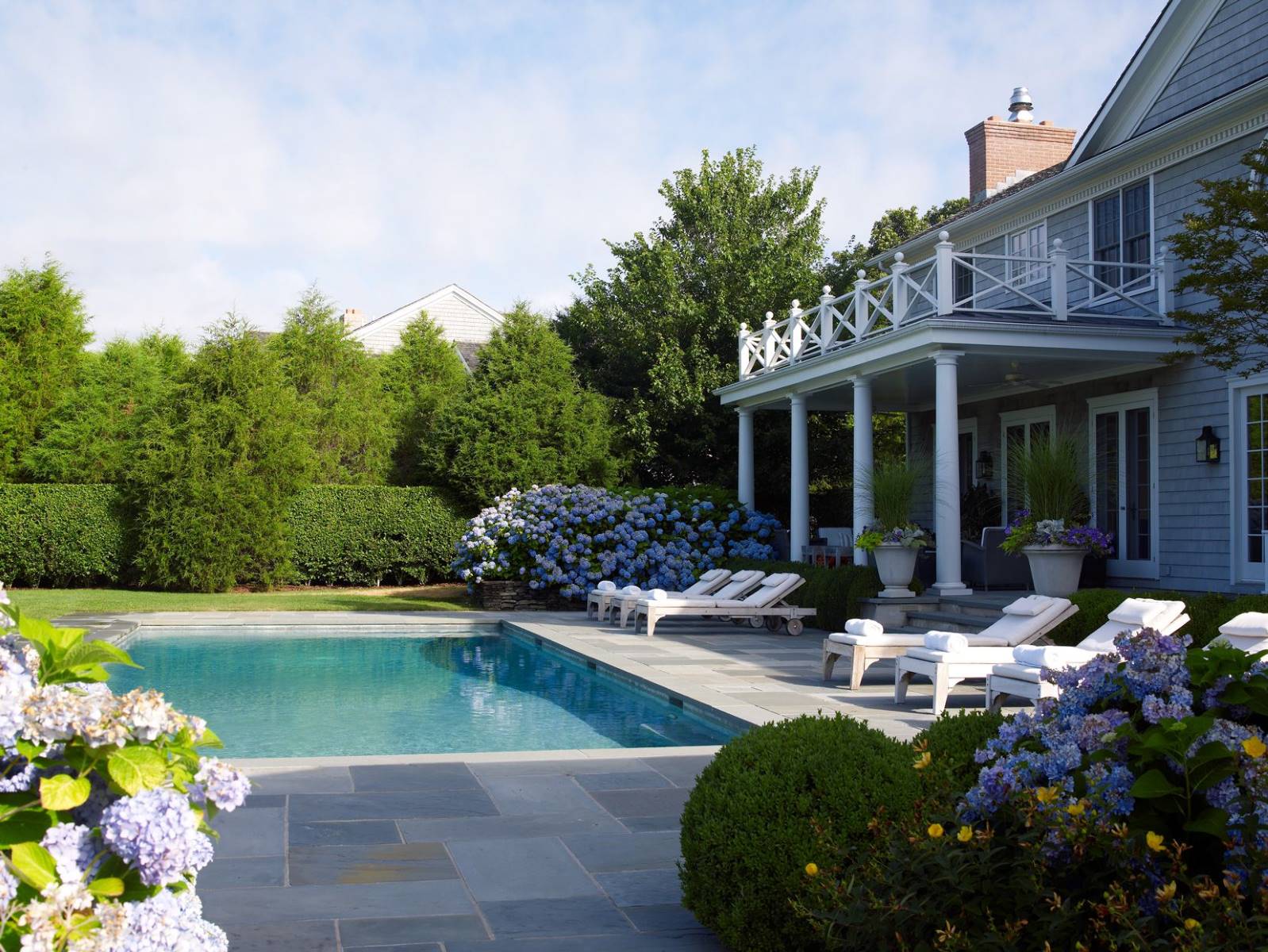

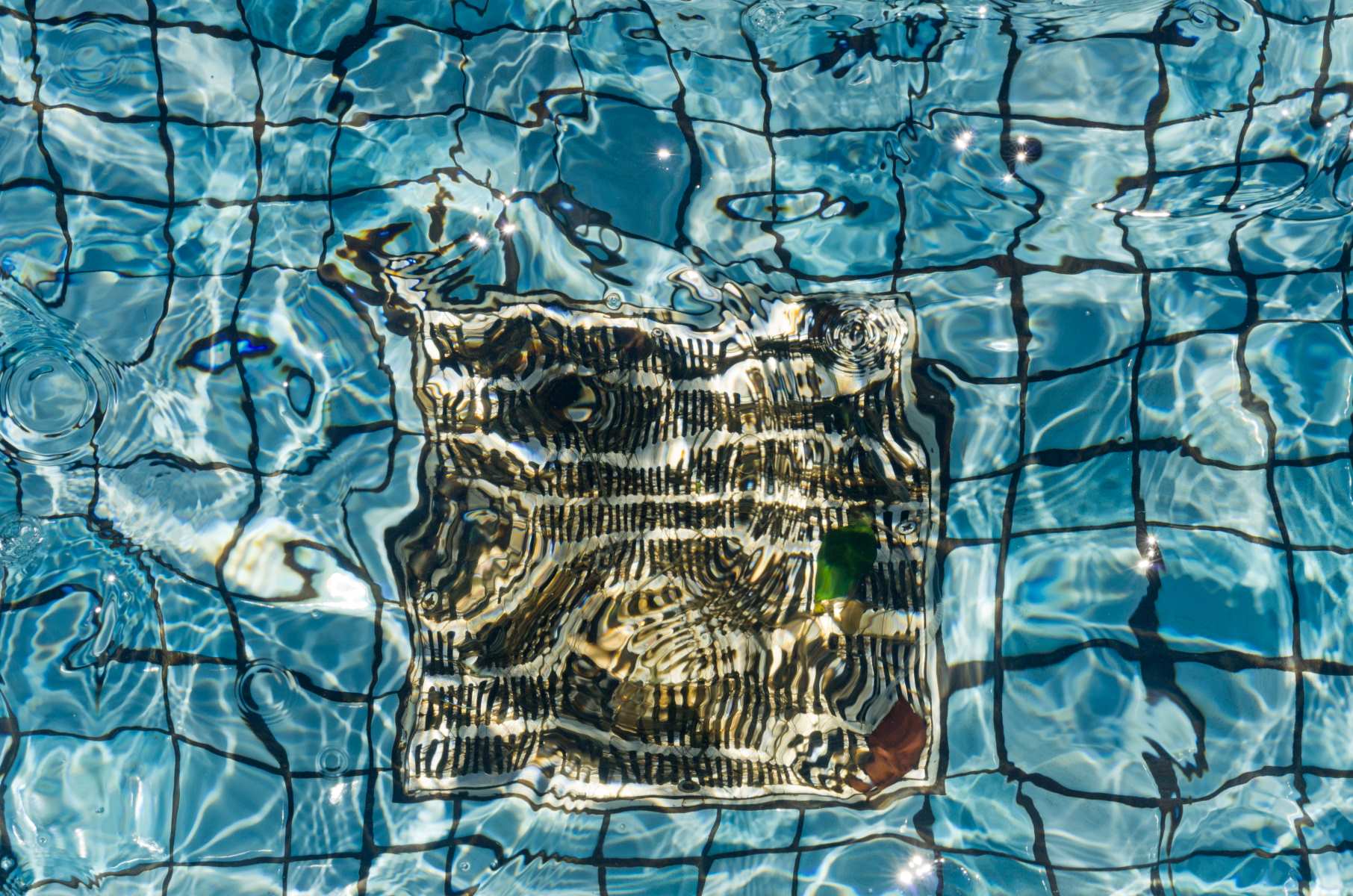
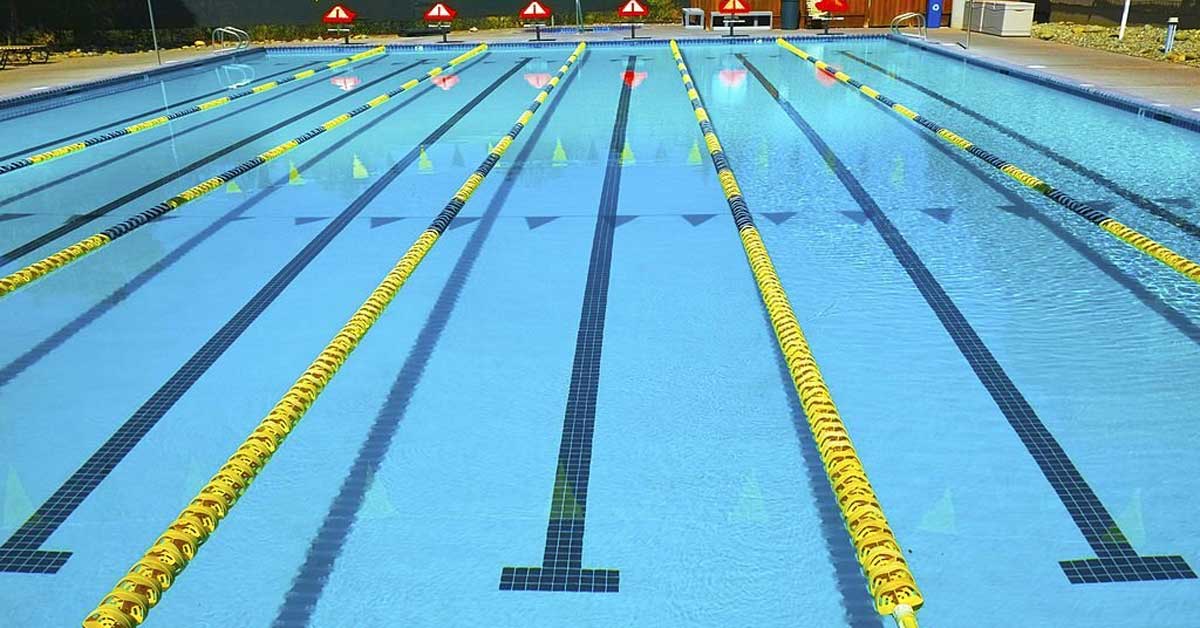
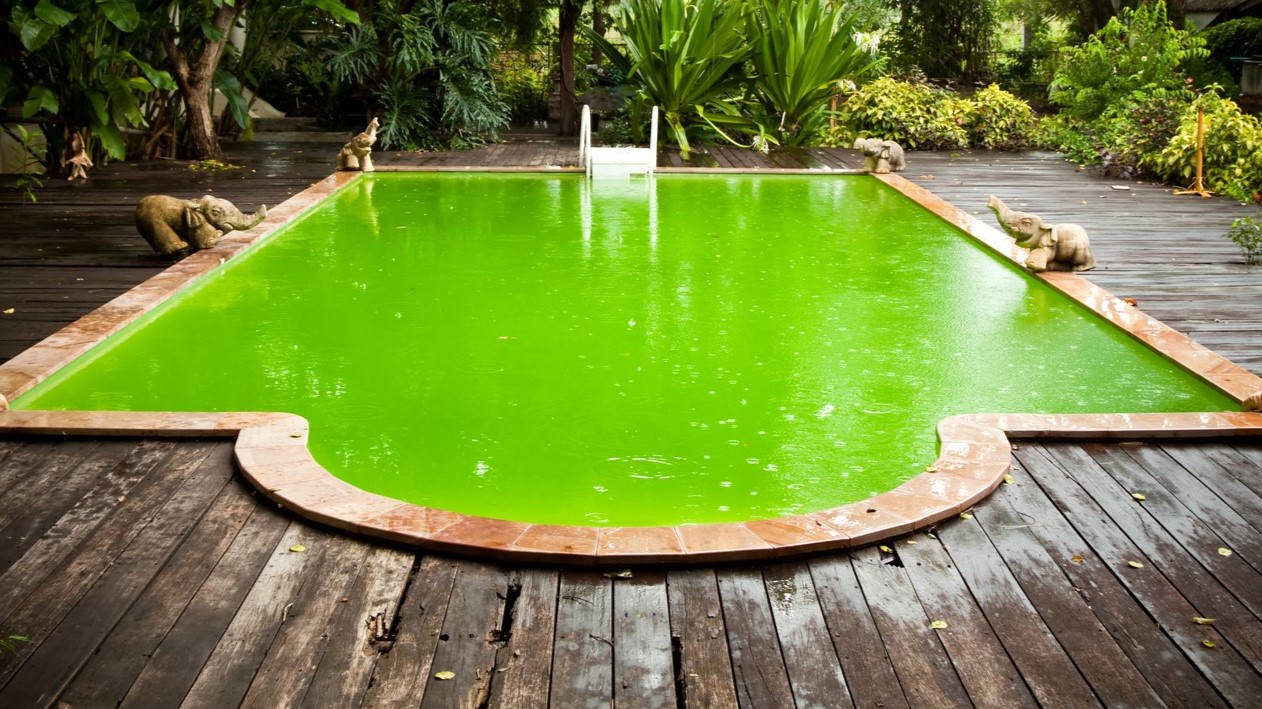
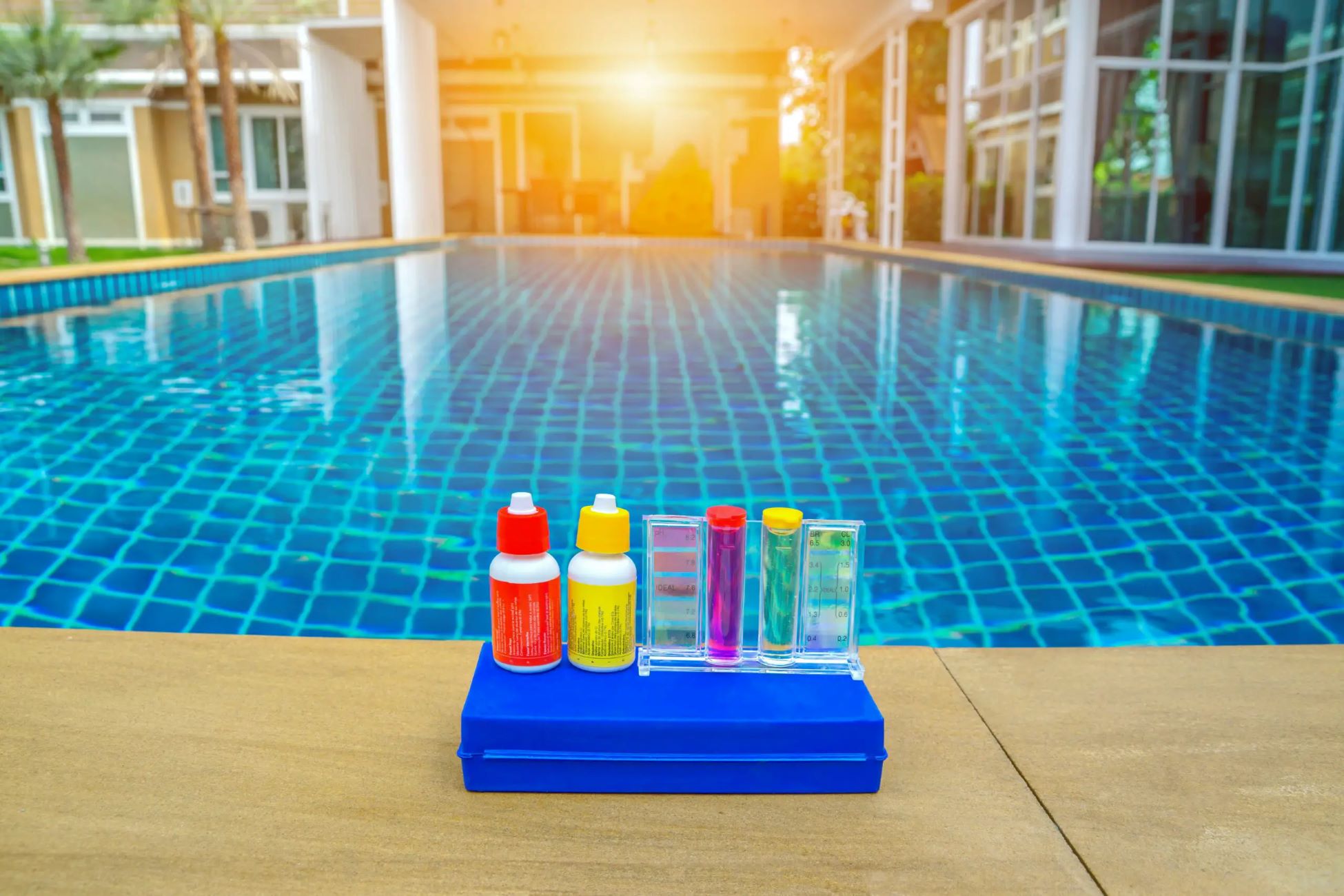
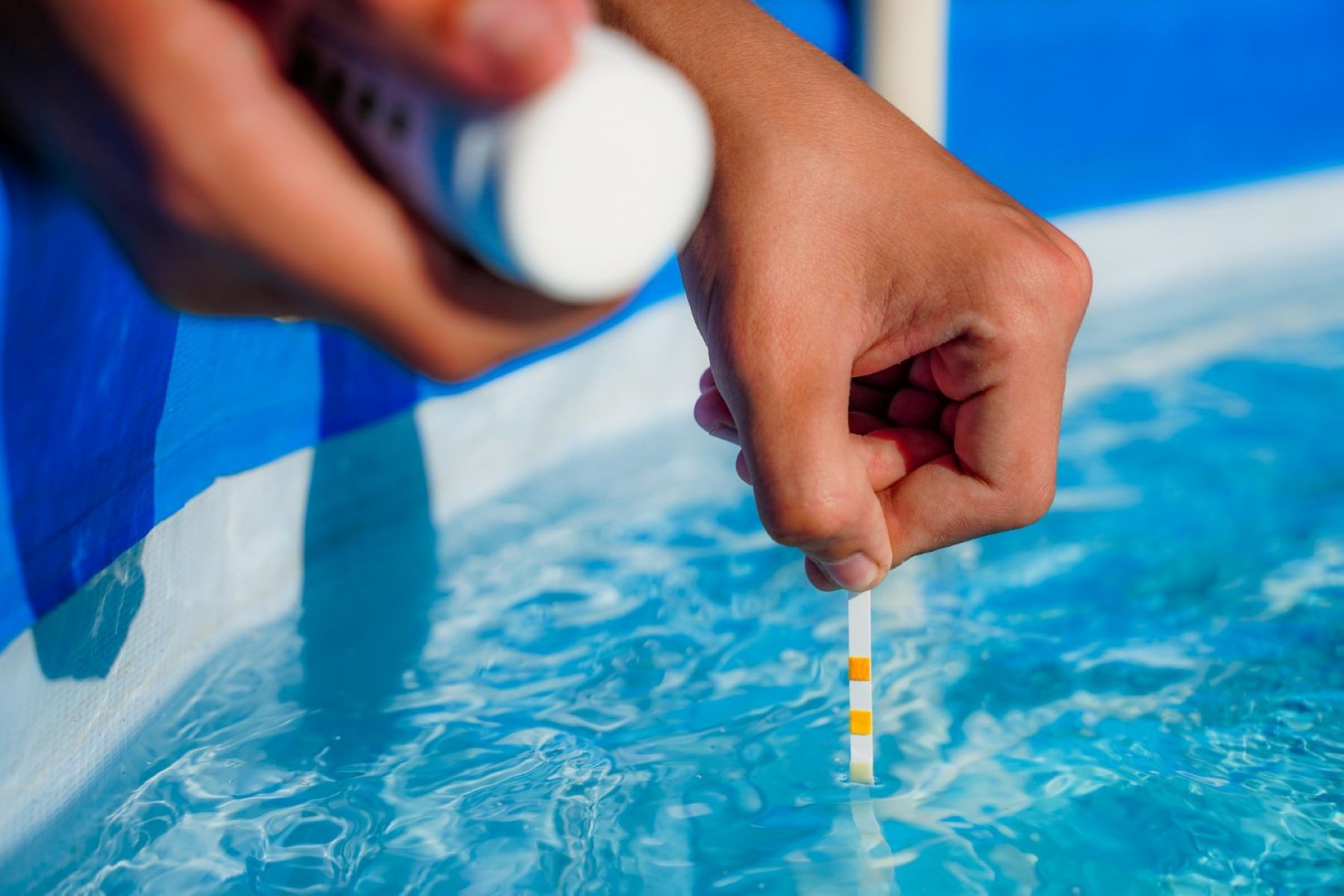
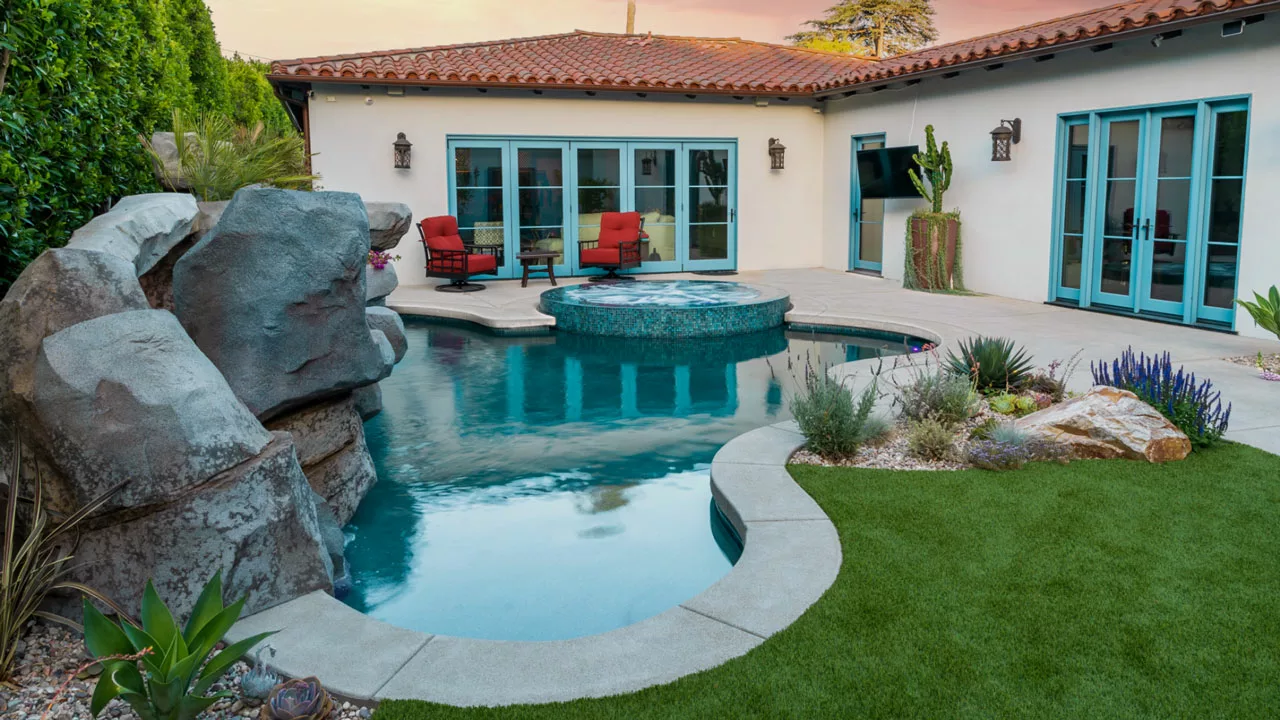

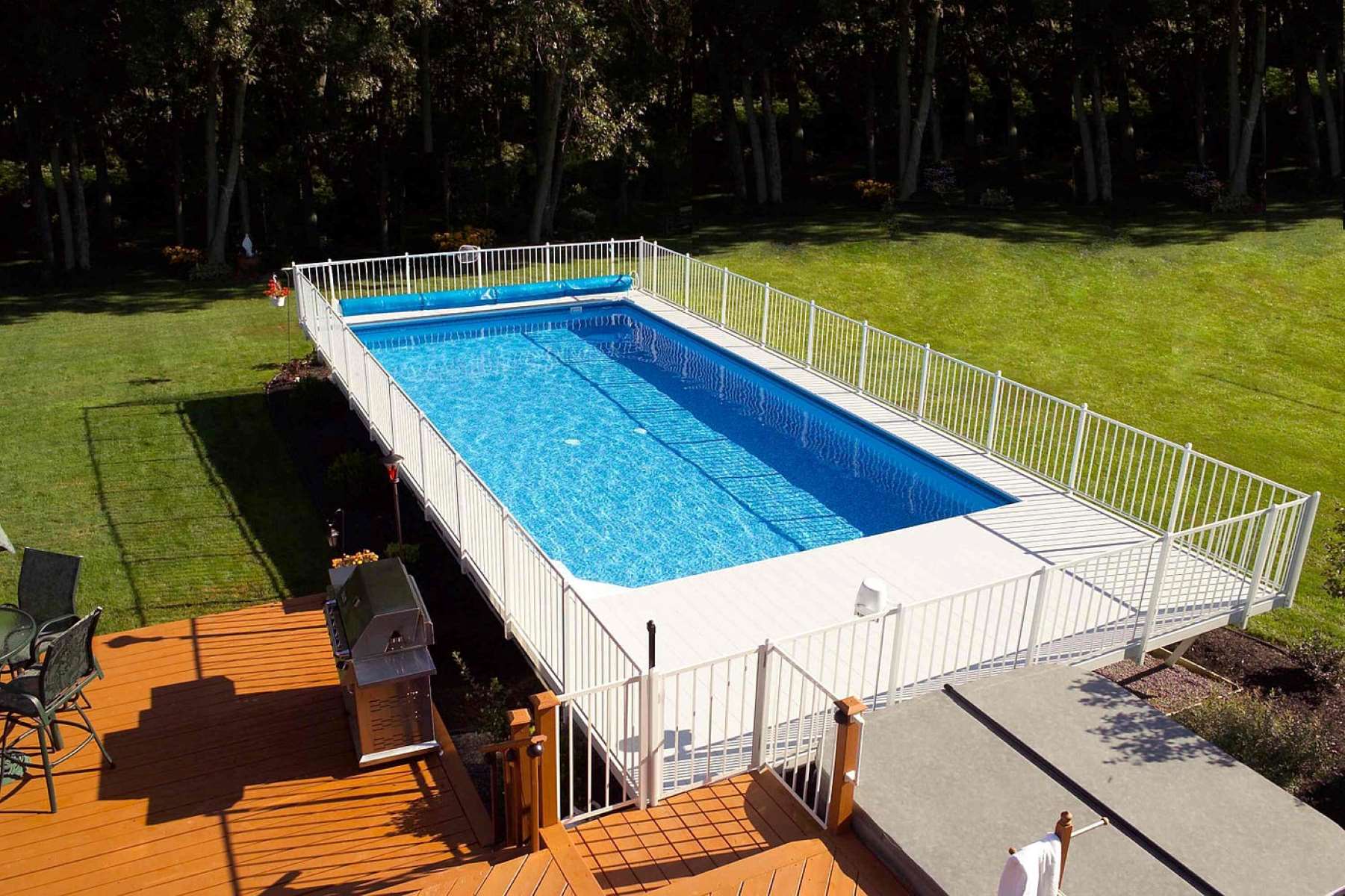
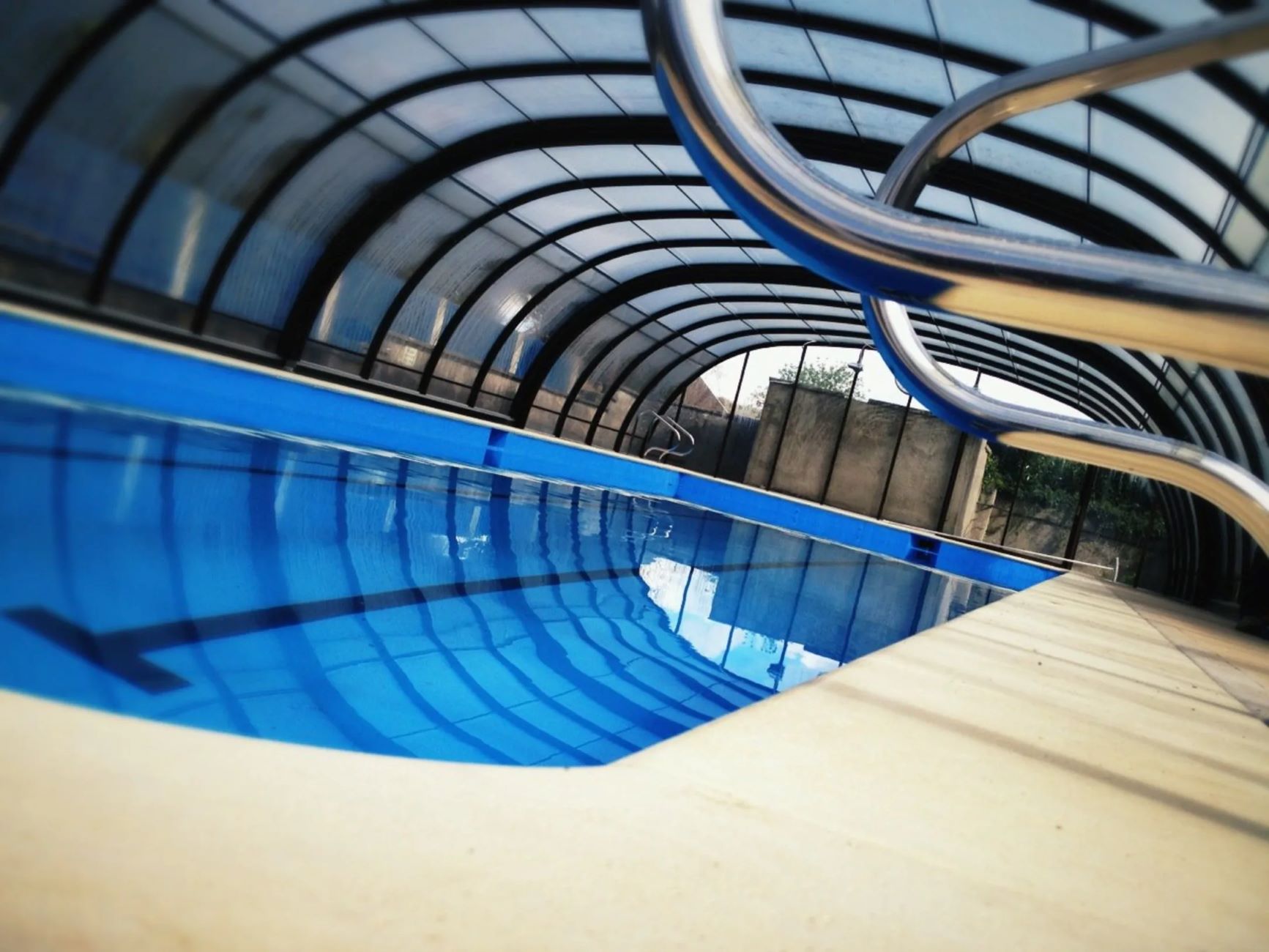

0 thoughts on “What Is Coping On A Swimming Pool”